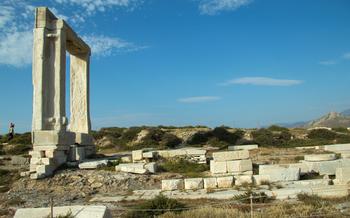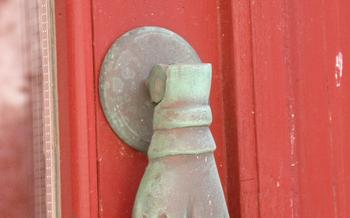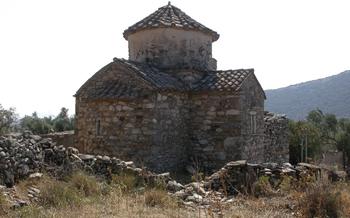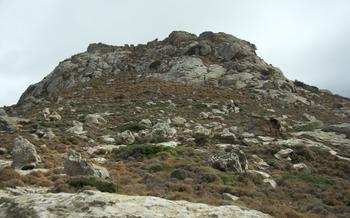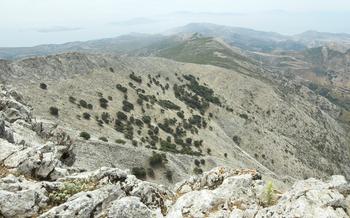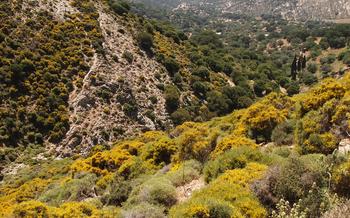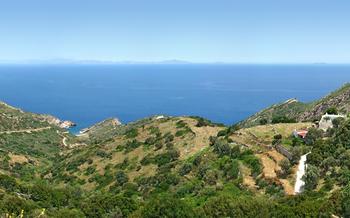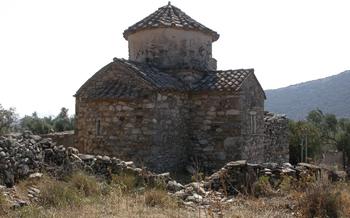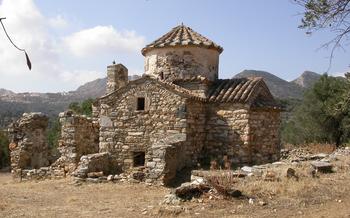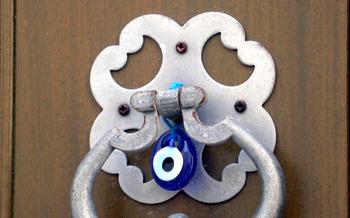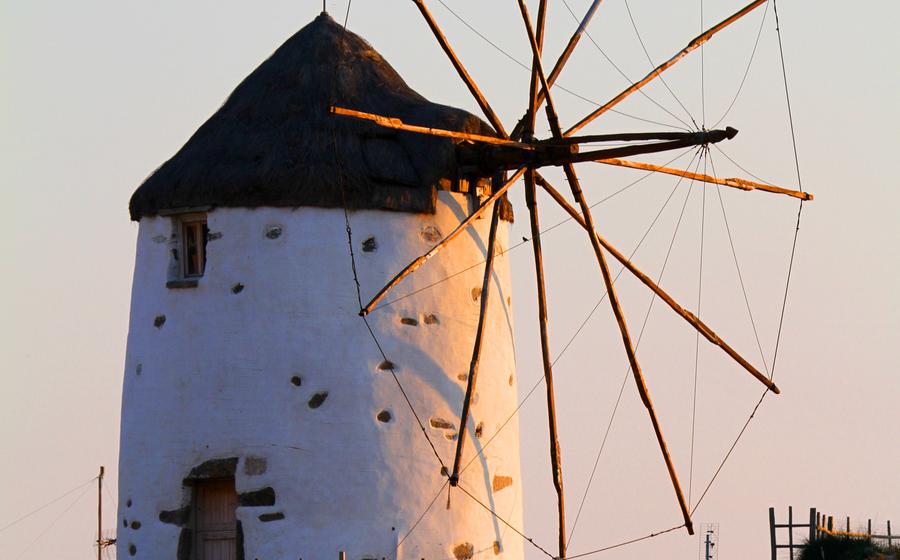
The Windmills of Vivlos
- The Windmills of Vivlos: A Timeless Legacy
- Location and Accessibility
- Historical Overview
- Architectural Features
- Visiting the Windmills
- Exploring the Surrounding Area
- Local Crafts and Souvenirs
- Festivals and Events
- Literary and Artistic Inspirations
- Ecological Significance
- Community Involvement
- Future Plans and Developments
- Insider Tip: Hidden Gem
The Windmills of Vivlos: A Timeless Legacy
The windmills of Vivlos stand as a testament to the rich history and cultural heritage of Naxos. These iconic structures, with their towering whitewashed walls and traditional conical roofs, have become a symbol of the island's unique character. They are not just architectural wonders but also symbols of Naxos' agricultural past and its connection to the sea.
The windmills were built in the 19th century, during a period of economic prosperity for the island. They were used to grind wheat and other grains, providing a vital source of flour for the local population. The millers, who operated the windmills, played a crucial role in the island's economy, and their skills and knowledge were passed down from generation to generation.
Today, the windmills of Vivlos stand as a reminder of a bygone era. They have been carefully restored and preserved, and they now serve as a popular tourist attraction. Visitors can explore the windmills, learn about their history and operation, and enjoy the stunning views of the Aegean Sea from their elevated vantage point.
Location and Accessibility
The Windmills of Vivlos are situated on the southwest coast of Naxos, offering breathtaking views of the Aegean Sea and the nearby island of Paros. The area is easily accessible by car, with well-maintained roads leading directly to the windmill complex. Visitors can also take public transportation, as there is a regular bus service that connects the windmills with Naxos Town, the island's main port.
To reach the windmills by car, follow the main road out of Naxos Town towards the southwest. After approximately 15 kilometers, you will see signs for Vivlos. Turn left onto the road leading to the village, and continue for about 2 kilometers until you reach the windmills.
If you are taking public transportation, catch the bus from Naxos Town to Vivlos. The bus stop is located near the port, and the journey takes approximately 30 minutes. Once you arrive in Vivlos, follow the signs to the windmills, which are just a short walk from the bus stop.
Historical Overview
The windmills of Vivlos have a rich and fascinating history, deeply intertwined with the cultural and economic heritage of Naxos. Their origins can be traced back to the Venetian period, when the island was under Venetian rule. During this time, the Venetians introduced the concept of windmills to Naxos, and the construction of these iconic structures began.
The windmills played a crucial role in the island's economy and agriculture. They were used to grind wheat and other grains into flour, providing a vital food source for the local population. The millers, who operated the windmills, held a respected position in the community and were known for their skills and expertise.
The daily lives of the millers were often challenging, as they worked long hours in often harsh conditions. They would rise early before sunrise to prepare the windmills for the day's work and would often work late into the night, depending on the demand for flour. The millers also had to contend with the unpredictable nature of the wind, which could sometimes cause the windmills to stand idle for days.
Over the years, the windmills have become synonymous with Naxos and are considered a symbol of the island's rich heritage. They have also become a source of inspiration for local stories and legends, which have been passed down from generation to generation. These stories often involve themes of love, sacrifice, and redemption, and they reflect the deep connection between the people of Naxos and their windmills.
Architectural Features
The windmills of Vivlos stand as impressive testaments to the ingenuity and craftsmanship of their builders. Constructed from local stone and wood, these structures showcase a unique blend of functionality and aesthetics. Each windmill features a cylindrical tower, ranging from 10 to 12 meters in height, topped with a conical roof. The roofs, covered in traditional Naxian tiles, rotate to catch the prevailing winds, a testament to the advanced engineering principles employed in their design.
The windmills' most distinctive feature is their sail-like sails, made of canvas or cotton fabric. These sails, stretching up to 10 meters in length, rotate around a central axis, capturing the wind's energy and converting it into mechanical power. The sails' unique shape and angle allow them to harness even the slightest breeze, ensuring efficient operation.
Inside the windmills, a series of gears and shafts transmit the power generated by the sails to the millstones. The millstones, made of volcanic rock, grind grain into flour. The grinding process was once carried out by hand, but many windmills have been converted to use electric motors, preserving their historical charm while adapting to modern needs.
The windmills of Naxos have undergone extensive restoration efforts in recent years, ensuring their preservation for future generations. These restoration projects have focused on maintaining the original materials and construction techniques, respecting the windmills' historical significance and architectural integrity. As a result, these iconic landmarks continue to stand as symbols of Naxos' rich heritage and architectural prowess.
Visiting the Windmills
The Windmills of Vivlos are open to the public daily from sunrise to sunset. Admission is free, making it an accessible and affordable attraction for visitors of all ages. Guided tours are available for those who want to delve deeper into the history and significance of the windmills. These tours typically cover the construction, operation, and preservation of the windmills, as well as stories and legends associated with them.
For those who prefer to explore at their own pace, self-guided tours are also an option. Information boards and signs are placed strategically throughout the complex, providing visitors with insights into the history, architecture, and cultural significance of the windmills. Visitors can wander through the site, admire the windmills' unique features up close, and capture stunning photographs of these iconic landmarks.
In addition to exploring the windmills themselves, visitors can also take some time to relax and enjoy the surrounding area. There are several benches and seating areas where visitors can rest, take in the views, and soak up the tranquil atmosphere. The windmill complex also features a small cafe where visitors can grab a refreshing drink or a light snack while enjoying the picturesque surroundings.
Exploring the Surrounding Area
Beyond the windmills, the southwest coast of Naxos offers a wealth of hidden gems waiting to be discovered. Just a short stroll away, visitors can find secluded beaches and coves, each with its unique charm. The crystal-clear waters are perfect for swimming, snorkeling, or simply basking in the warm Mediterranean sun.
Inland, traditional villages with authentic Greek charm await exploration. Wander through narrow cobblestone streets, admire whitewashed houses adorned with colorful flowers, and savor the aromas of delicious Naxian cuisine wafting from local tavernas. Sample fresh seafood, traditional meze platters, and mouthwatering pastries while enjoying the warm hospitality of the locals.
For those seeking active pursuits, the area offers a range of opportunities. Hiking trails wind through picturesque landscapes, leading to breathtaking viewpoints and hidden waterfalls. The coastline is a haven for water sports enthusiasts, with windsurfing, kitesurfing, and diving among the popular activities. Whether seeking relaxation or adventure, the surroundings of the windmills offer something for every traveler.
Local Crafts and Souvenirs
The charming village of Vivlos is home to a variety of shops and boutiques that offer a treasure trove of handmade goods and local crafts. These unique souvenirs, inspired by the windmills and the island's rich heritage, are perfect for taking home a piece of Naxos. From intricate pottery and woven textiles to delicate jewelry and hand-painted ceramics, there's something to suit every taste and budget.
One of the highlights of the local crafts scene is the traditional Naxian pottery. Skilled artisans use ancient techniques to create beautiful ceramic pieces, from decorative plates and bowls to intricate figurines and vases. Each piece is unique, showcasing the artist's creativity and attention to detail.
For those who appreciate textiles, the village boasts a number of talented weavers who create stunning rugs, blankets, and scarves using traditional looms. The vibrant colors and intricate patterns are inspired by the island's landscape, culture, and mythology. These handmade textiles are not only beautiful but also durable, making them a practical and stylish addition to any home.
Jewelry lovers will find a wide selection of handcrafted pieces in Vivlos, including delicate necklaces, earrings, and bracelets. Many of these are made using traditional Greek techniques, such as filigree and granulation, and feature intricate designs inspired by ancient Greek motifs.
Supporting the local economy by purchasing souvenirs from Vivlos is a wonderful way to contribute to the preservation of traditional crafts and ensure that these skills continue to be passed down from generation to generation. Don't forget to haggle a bit when making your purchases, as it's a customary part of the shopping experience in Greece. With a little bargaining, you can find some real treasures at affordable prices.
Festivals and Events
The windmills of Vivlos are not only a historical and architectural wonder but also a vibrant cultural hub. Throughout the year, the surrounding area hosts various festivals and events that celebrate the island's rich heritage and traditions.
One of the most popular events is the annual Naxos Windmill Festival, held every summer. The festival showcases traditional music and dance performances, local delicacies, and craft exhibitions. Visitors can witness skilled craftspeople demonstrating their artistry, from pottery and weaving to woodcarving and jewelry-making.
Another highlight is the Naxos Wine Festival, held in September. The festival pays homage to the island's renowned winemaking tradition. Visitors can sample a variety of local wines, meet local winemakers, and learn about the unique viticulture of Naxos.
These festivals offer a fantastic opportunity to immerse yourself in Greek culture, savor delicious local cuisine, and experience the warm hospitality of the Naxian people. Be sure to check the dates and details of upcoming events before planning your visit.
Literary and Artistic Inspirations
The Windmills of Vivlos have captivated the imaginations of countless writers, artists, and musicians, serving as a muse for their creative expressions. Renowned Greek poet Nikos Kazantzakis immortalized the windmills in his epic novel "Zorba the Greek". Their majestic presence has also graced the canvases of famous painters, including El Greco and Constantin Guys. The haunting melodies of Mikis Theodorakis' "The Windmills of Mykonos" further evoke the essence of these iconic structures. Exploring the cultural impact of the windmills, one discovers a rich tapestry of literary and artistic works that pay homage to their timeless beauty and significance.
Ecological Significance
The windmills of Vivlos stand as a testament to the harmonious coexistence between human ingenuity and the natural environment. Harnessing the power of the wind, these structures served as a sustainable source of energy for the island's agricultural needs. The windmills operated without emitting any harmful emissions, making them an environmentally friendly technology long before the term "renewable energy" became commonplace.
In modern times, the windmills of Vivlos continue to inspire efforts to promote sustainable energy practices. The island of Naxos has embraced renewable energy sources, with several wind farms now generating clean electricity for the island's needs. These initiatives demonstrate a commitment to preserving the island's natural beauty and reducing its carbon footprint.
Visitors to the windmills can learn about the history of wind energy and its relevance to modern-day sustainability efforts. Educational programs and interactive exhibits help raise awareness about the importance of renewable energy sources and their role in combating climate change.
By visiting the windmills of Vivlos, travelers can not only appreciate their historical and cultural significance but also gain insights into the ecological importance of renewable energy. The site serves as a reminder that embracing sustainable practices can go hand in hand with preserving cultural heritage and protecting the environment for future generations.
Community Involvement
The people of Naxos take great pride in their windmills and actively participate in efforts to preserve and promote this iconic landmark. Local initiatives, such as the Windmill Association of Naxos, work tirelessly to restore and maintain the windmills, ensuring that they remain a symbol of the island's heritage and a vibrant tourist attraction.
Visitors to Naxos have the opportunity to get involved in community initiatives and contribute to the preservation of the windmills. Volunteering opportunities are available, allowing visitors to learn about the history and mechanics of the windmills while lending a helping hand in restoration projects. By participating in these initiatives, travelers can not only contribute to the upkeep of this treasured site but also gain a deeper understanding of the local culture and the importance of community involvement in preserving historical landmarks.
Supporting local businesses, such as shops selling handmade goods inspired by the windmills, is another way for visitors to contribute to the preservation efforts. These purchases not only support the local economy but also help promote the unique craftsmanship and cultural heritage of Naxos.
Future Plans and Developments
The windmills of Vivlos are not only a testament to the past but also a source of inspiration for the future. Ongoing restoration and conservation projects aim to preserve these iconic structures while respecting their historical significance. Sustainable tourism initiatives are being implemented to ensure that visitors can enjoy the site responsibly, minimizing their impact on the environment. The vision for the future of the windmills and the surrounding area is one of harmony between cultural heritage and environmental sustainability.
Visitors can contribute to responsible tourism by choosing tour operators committed to sustainable practices, reducing their carbon footprint by walking or cycling, and respecting the local environment. By supporting local initiatives and businesses that promote sustainable tourism, visitors can help preserve the unique character of Naxos and ensure that the windmills continue to inspire generations to come.
Insider Tip: Hidden Gem
Beyond the main windmill complex, a hidden gem awaits those willing to venture off the beaten path. A short walk along the coastal path reveals a secluded beach with crystal-clear waters and breathtaking views of the windmills. This secret spot is ideal for escaping the crowds, enjoying a peaceful swim, or simply basking in the beauty of the surroundings.
For those seeking even more solitude, a small footpath leads to a rocky promontory overlooking the sea. From this vantage point, visitors can witness unforgettable sunsets, with the windmills silhouetted against the golden sky. It's the perfect place to soak in the tranquility of Naxos and capture some truly Instagram-worthy shots.
Remember, the best discoveries often lie beyond the obvious tourist trails. Take the time to explore the hidden corners of Naxos, and you'll be rewarded with moments of pure magic.
